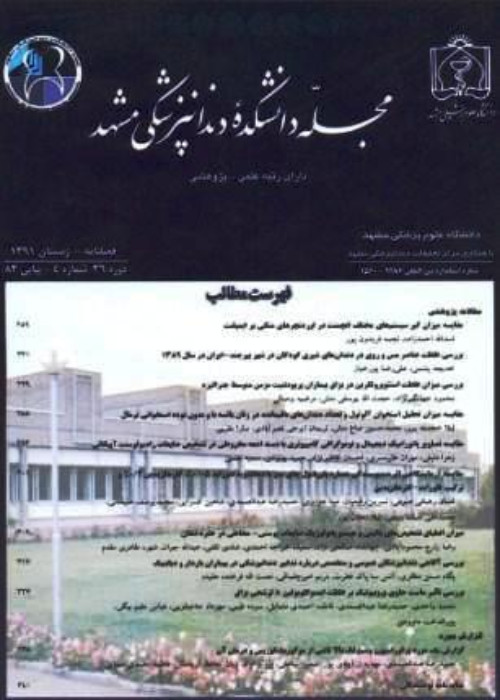Determining the Amount of Microleakage of Two Types of Glass Ionomers in Class V Cavities Prepared By Conventional Method and Laser Er-YAG
The microleakage of restorative material can cause secondary caries. The application of laser for tooth preparation has been recently studied. The present study aimed to determine the microleakage of two types of glass ionomers in class V cavities prepared by conventional method and laser Er-YAG.
A total of 28 extracted caries-free premolar teeth were selected and assigned to four groups, including Group A(preparation method bur/restorative material: conventional glass ionomer), Group B(preparation method bur/restorative material: resin-modified glass ionomer), Group C(preparation method Er-YAG laser/restorative material: conventional glass ionomer), and Group D(preparation method Er-YAG laser/ restorative material: resin-modified glass ionomer). Class V cavities with the same dimensions (in a way that occlusal margin was in enamel and gingival margin in cementum) were prepared on buccal surface of 14 teeth by bur and other 14 teeth by laser Er-YAG. Glass ionomer self-cure and resin modified glass ionomer was used for the restoration of the cavities. After thermocycling of the teeth, they were immersed for 24 h in Fushin 2%; thereafter, the samples were sectioned buccolingually at the center of each restoration and evaluated by stereomicroscope. To analyze the data, the Fisher-exact test, Kruskal-Wallis and Mann-Whitney tests were used.
The groups did not significantly differ in the gingival margin. There was a statistically significant difference between group B (preparation method bur/restorative material: resin-modified glass ionomer) and other groups. According to the Mann-Whitney test, there was a significant difference between occlusal and gingival margin only in group B.
Due to the statistically significant difference between group B and other groups in occlusal microleakage and the lower mean rank microleakage in group B, compared to that in other groups, it can be concluded that the laser method and conventional glass ionomer had higher microleakage than the conventional method and resin-modified glass ionomer.
- حق عضویت دریافتی صرف حمایت از نشریات عضو و نگهداری، تکمیل و توسعه مگیران میشود.
- پرداخت حق اشتراک و دانلود مقالات اجازه بازنشر آن در سایر رسانههای چاپی و دیجیتال را به کاربر نمیدهد.



